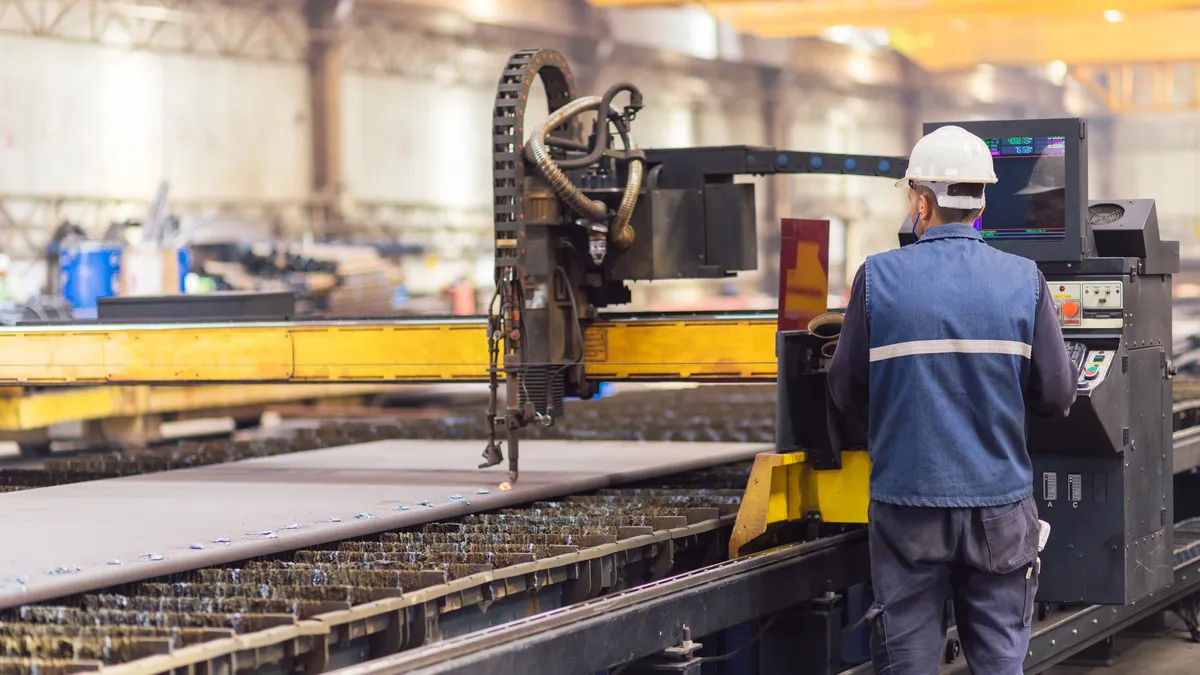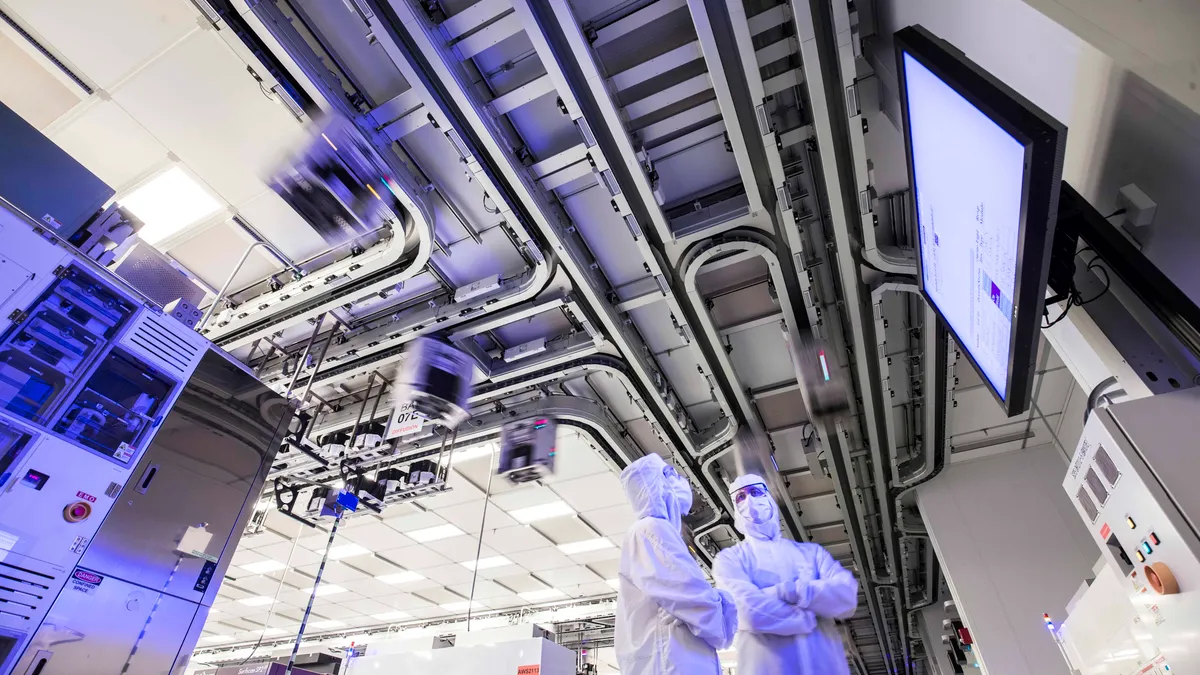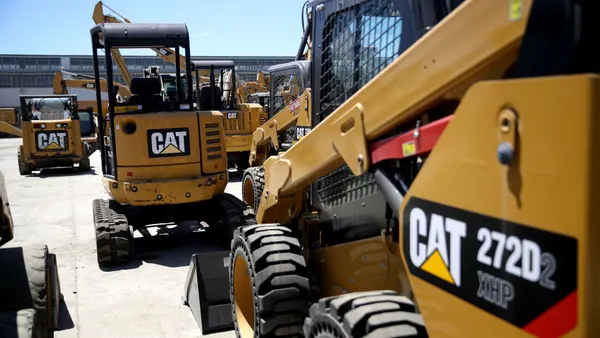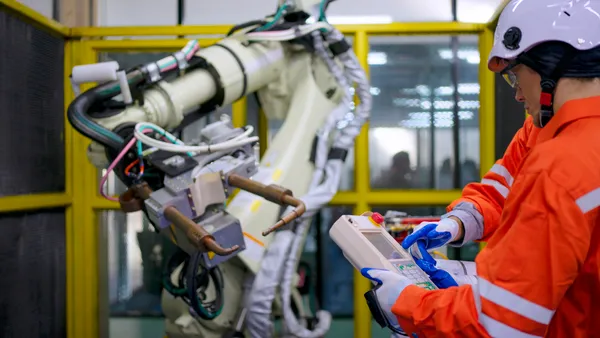In an effort to do more with less, manufacturers are reevaluating their budgets to identify new ways to streamline processes, cut costs, optimize workforces, and leverage the power of technology.
By embracing a holistic approach that incorporates advanced technologies — like automation and robotics to optimize production, enhance efficiency, reduce waste, and get to market faster — they achieve higher profit margins, greater market share, and responsive business models that can better meet customers’ evolving demands.
Unfortunately, many organizations are still stuck in reactionary mode and lack actionable predictive insights, which can dramatically impede operational efficiency.
“Rather than predicting desired outcomes and working to affect them, too many manufacturing firms react as things happen,” explains Nate Allphin, principal at Eide Bailly. “Organizations that rely on this ‘reactive mindset’ are basically always struggling to keep up.” The reactive approach has become a major liability in recent years as supply chain disruptions, labor constraints, and changing customer demands have all put increased pressure on manufacturers to operate more efficiently.
“We’ve reached a point where reacting isn’t good enough anymore,” says Allphin, who recently worked with an international firm whose delivery times from the U.S. extended from 60 days to 180 days almost overnight. Unable to predict its own reorder points and procurement requirements, the company was facing potential three-month stockouts on critical items. “That would have been devastating,” Allphin says, “but this is just one real-life example of what manufacturers are dealing with in this uncertain supply chain environment.”
Maximizing Output, Minimizing Output
In the modern manufacturing setting, robotics, automation, and other advanced technologies are taking center stage when it comes to operational efficiency: Machine learning analyzes vast volumes of data in seconds, software optimizes production schedules, and sensors predict equipment failures before they even happen.
Rather than replacing human labor, advanced technology works in concert with skilled employees who are freed up to focus on more strategic tasks and projects. This gives manufacturers a competitive advantage, allowing them to cut costs and improve profit margins. According to a recent survey report from Eide Bailly and Manufacturing Dive’s studioID, technology is also helping organizations do the following:
-
Add new products or product lines that can underpin growth and help manufacturers leverage their existing success across a more varied selection of SKUs.
-
Target new niche markets that may not have otherwise been accessible to a resource-constrained manufacturing firm.
-
Expand into new geographic regions where there may be high demand for the manufacturer’s products.
-
Acquire other organizations in order to expand market share, eliminate competition and potentially increase pricing power.
These “wins” are all critical — both collectively and individually — at a time when manufacturers must be able to continually produce high-quality products at competitive prices. This takes place within the context of rising raw material, energy and labor costs; ongoing supply chain disruptions; an evolving international tariff climate; and rising customer demands for faster delivery times, higher product quality, and more customization options.
“When manufacturers lean into using technology to drive their operations, versus just recording an activity after the fact, it positively impacts the function of the business itself,” says Shaylee Olson, director of NetSuite Consulting at Eide Bailly. For example, manufacturing leaders who have real-time reports at their fingertips can use the data to make actionable, proactive decisions about their operations, versus waiting for an enterprise business or accounting system to produce last month’s results.
Putting Tech Tools to Work
Whether they want to better manage unpredictability, offset persistent labor shortages, expand into new territories, or optimize production processes, manufacturers have a wide selection of tech tools. Once in place, technology can offer benefits like real-time production visibility, better resource utilization, identification of potential bottlenecks, and other predictive insights that help organizations operate more efficiently.
According to the Eide Bailly manufacturing survey, some of the top tools that today’s manufacturers are putting into action include:
-
Enterprise Resource Planning (ERP) Systems
-
Manufacturing Execution Systems (MES)
-
Quality Management Systems (QMS)
-
Warehouse Management Systems (WMS)
-
Supply Chain Management Software
-
Internet of Things (IoT) devices
-
Artificial Intelligence (AI) and Machine Learning
-
Robotics and Automation
-
Data Analytics and Business Intelligence Tools
Regardless of which systems are ultimately deployed, Olson says manufacturers have to consider how those solutions and tools interact with one another. Only then can they truly create a holistic approach to operational efficiency. In other words, an ERP that doesn’t share data with a WMS could wind up impeding efficiency as employees use spreadsheets and email to share data across the two systems. “For best results, capitalize on each system’s strengths, as well as the interactions and handoffs that take place across them,” Olson recommends.
Allphin also warns manufacturers against the "set it and forget it" approach to technology that so many organizations adopt — instead, focus on continuous investment and adaptation. "Many manufacturers implement technology as a one-time project that will solve all their problems, but that rarely ever happens,” he says. “Organizations evolve and change, so have a plan to keep your ERP and other systems continually evolving as well.”
Read the full report to learn how middle-market manufacturers will face supply chain challenges and technology investments in 2025.










